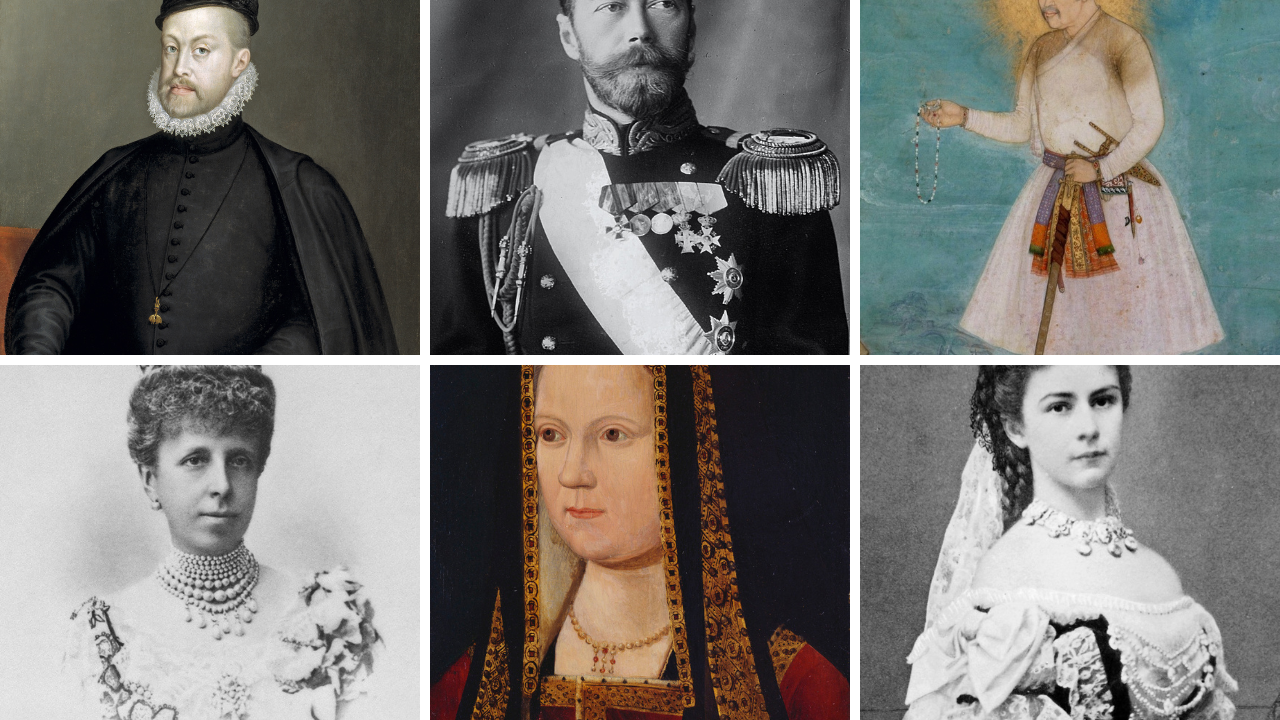Fashion has always done more than keep people warm. Across centuries, rulers, priests, and city councils treated clothes as tools to control status, morality, and even national identity. Laws reached straight into closets, deciding who could wear purple, how high a heel could rise, or whether a hat feather went too far. Each ban exposed deeper fears about class slippage, gender roles, religion, or rebellion. Looking back at these outlawed looks turns the wardrobe into a surprisingly sharp record of power and resistance.
Royal Purple Reserved For The Elite

In medieval and early modern Europe, certain colors signaled rank so clearly that governments wrote them into law. Deep purple, rich scarlet, and cloth of gold were often reserved for royalty and a narrow band of nobility, with merchants and commoners fined if they dressed above their station. The rules turned fabric into a visual caste system, letting crowds read hierarchy at a glance while quietly reminding ambitious newcomers to know their place.
Puritan Bans On Fancy Lace And Ruffs

Puritan leaders in 17th century Massachusetts worried that flashy clothing would corrupt both souls and social order. Laws targeted lace collars, decorative ribbons, and elaborate ruffs that smacked of English court fashion, insisting that only those with high rank or great wealth could justify such expense. Anyone else caught in showy trim risked punishment for vanity. Modest dress became a civic obligation, and a bit of lace at the wrist could mark someone as morally suspect.
Venetian Chopines Reined In By Heel Limits

In Renaissance Venice, wealthy women paraded on towering platform shoes called chopines, sometimes so high that servants had to steady each step. The dramatic height signaled status, but it also turned sidewalks, stairs, and gondola landings into daily obstacle courses. City authorities eventually imposed limits on heel height, partly for safety and partly to calm social critics. Even so, the taste for extra inches lingered, and the law became another arena where class display met civic restraint.
Laws Framing High Heels As Deception

Early modern moralists did not always see high heels as harmless decoration. In some regions, legal proposals threatened women who used cosmetics and heels to secure marriage under false pretenses, lumping them together with fraud and sorcery. The idea that a shoe might count as deception captured anxiety about female agency more than actual crime. Fashion that reshaped posture and presence became a convenient target for fears that social roles were slowly tilting out of balance.
Crinolines And Hoop Skirts Barred From Work

When cage crinolines and hoop skirts spread in the 19th century, they created dramatic silhouettes and very real hazards. Voluminous skirts caught on machinery, knocked over lamps, and brushed too close to open flames, with deadly fires recorded in homes and factories. Some workplaces reacted by banning hoops outright, forcing women to choose between fashionable volume and a job. Safety concerns turned an iconic style into contraband on industrial floors, where practical skirts became a basic condition of employment.
Feathered Hats Spark Plumage Restrictions

By the late 1800s, fashionable hats bristled with feathers, wings, and even whole songbirds wired into place, driving demand for exotic plumage from far beyond city streets. Conservationists documented vanishing colonies and slaughtered rookeries, pushing governments to act. Import bans and strict controls on wild bird feathers made many once coveted hat trims illegal trade. For the first time, a popular accessory was treated as a direct threat to ecosystems, and elegance carried a clear ecological price tag.
Miniskirts Targeted By Morality Codes

As hemlines climbed in the 1960s and 1970s, miniskirts became symbols of youth culture and a focus for moral panic. Some conservative governments passed rules setting legal minimum lengths, framing short skirts as danger to public decency or national values. Women in those countries could face harassment, fines, or even arrest for baring too much leg in the street. A few inches of fabric turned into a battleground where modernity, control, and personal freedom collided.
Zoot Suits Treated As Wartime Offenses

In 1940s Los Angeles, young men in zoot suits wore long jackets, padded shoulders, and ballooning trousers that defied wartime fabric rationing and conservative taste. Authorities and many white residents read the style as provocative and unpatriotic, especially on Black and Mexican American communities. During the Zoot Suit Riots, servicemen attacked wearers, and local officials pushed measures that effectively banned the look. Clothing meant as exuberant self expression became a pretext for racialized violence and legal crackdowns.
Cross Dressing Ordinances Policing Gender

For more than a century, many cities enforced ordinances that banned people from appearing in public in clothes assigned to another gender. Police used these rules to arrest those who did not fit rigid expectations, particularly queer and transgender people seeking space to live more openly. A simple dress, jacket, or pair of trousers could be treated as evidence of wrongdoing. Fashion here was less about style and more about policing identity under the cover of public order.
Full Face Veils Prohibited In Public Spaces

In the 21st century, some European countries passed laws that ban clothing covering the face in public spaces, including certain religious veils. Supporters pointed to security and secular traditions, while critics argued that such rules single out Muslim women and restrict basic freedoms. Fines, official warnings, and social pressure all reinforce the message that some forms of visible faith no longer belong in shared streets and buses. A garment of devotion became a flashpoint in debates over belonging.
High Heels Banned At Ancient Greek Sites

Modern travelers discovered that some iconic ruins require less glamorous footwear. Greek authorities barred high heels from many ancient sites after studies showed thin heels concentrated pressure and chipped vulnerable marble steps. The rule sits alongside bans on heavy bags and sharp objects, yet stilettos attract the most attention. Visitors must trade height for softer soles if they want to walk amphitheaters and temples without a fine, turning preservation concerns into a quiet restriction on style.
Local Ordinances Limiting Spiked Heels

A few towns introduced quirky ordinances aimed at spiked heels on uneven sidewalks, often after a wave of twisted ankles and liability worries. In these places, anyone who wants to wear narrow, tall heels on public streets technically needs a permit, even if enforcement is now mostly symbolic. The rules came from a mix of safety concerns and legal caution. They still reveal how even a small strip of leather and metal can show up in municipal code.


